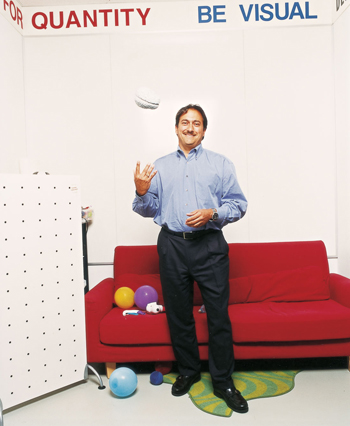Biodesign training in a nutshell
Trujillo-Paumier |
|
 |
|
By TRACIE WHITE
Medical device industry innovator Josh Makower, MD, has devised a way to create more of his kind. After teaching engineers at Pfizer Inc. to develop medical devices, he worked with Stanford’s Biodesign Program to create a similar program on a medical school campus.
The result, launched in 2001, is the Biodesign Innovation Program Fellowship — an intensive one-year course in medical device development for engineers, business professionals, bioscientists and physicians with both a knack for inventing and an interest in medicine. Last year, the program added a one- to two-year surgical fellowship so an additional team of four can focus on developing technology to meet surgery patients’ needs.
The fellowships teach a step-by-step method for dreaming up medical products and following through on the necessary patenting, early prototyping and marketing. The goal is to prepare people to go out in the world and develop medical devices that will make a difference to patients.
Related story: |
|||||
Most of the graduates have entered the medical technology field, working for device developers or starting their own companies. As of this summer, the program’s 13 current fellows and the 25 alumni had filed 31 patent applications.
The program’s success has drawn the attention of other universities working to build similar programs, including Johns Hopkins, Purdue, Indiana, Minnesota and, most recently, Hebrew University Medical Center in Israel.
Comments? Contact Stanford Medicine at


